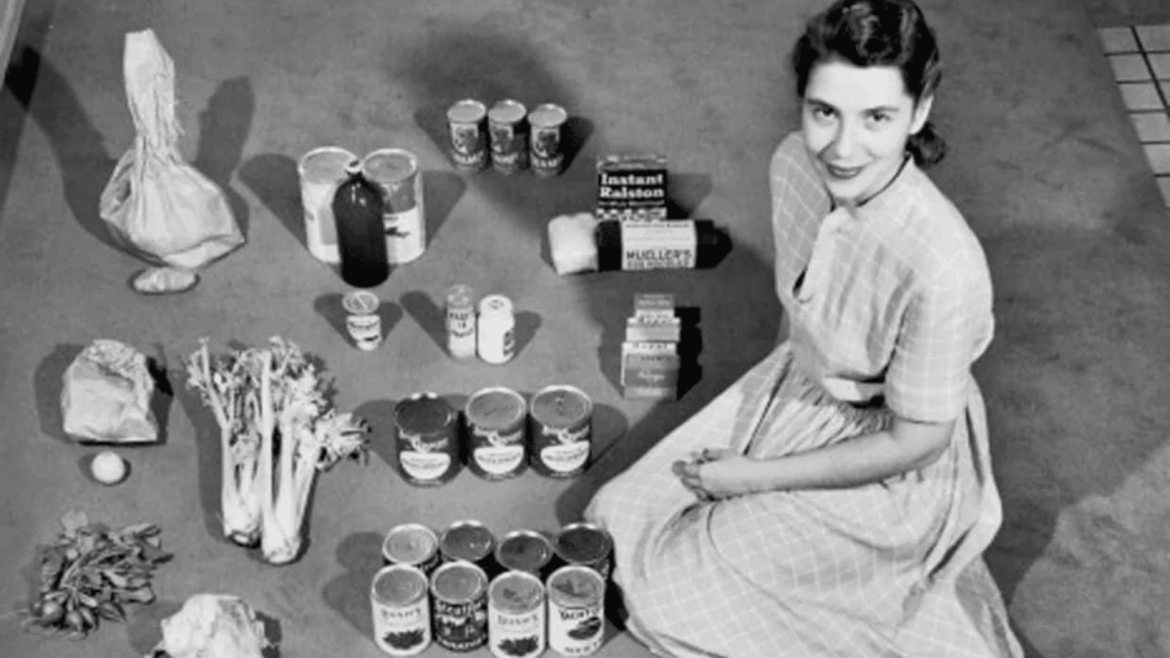The 1950s was a decade marked by post-war prosperity, bustling suburban life, and the emergence of a consumer culture. Grocery shopping in this era was an experience quite different from today, with items that may surprise modern consumers.
From canned goods to fresh produce, let’s explore seven common items that were staples on a 1950s grocery list.
1. Canned Peas
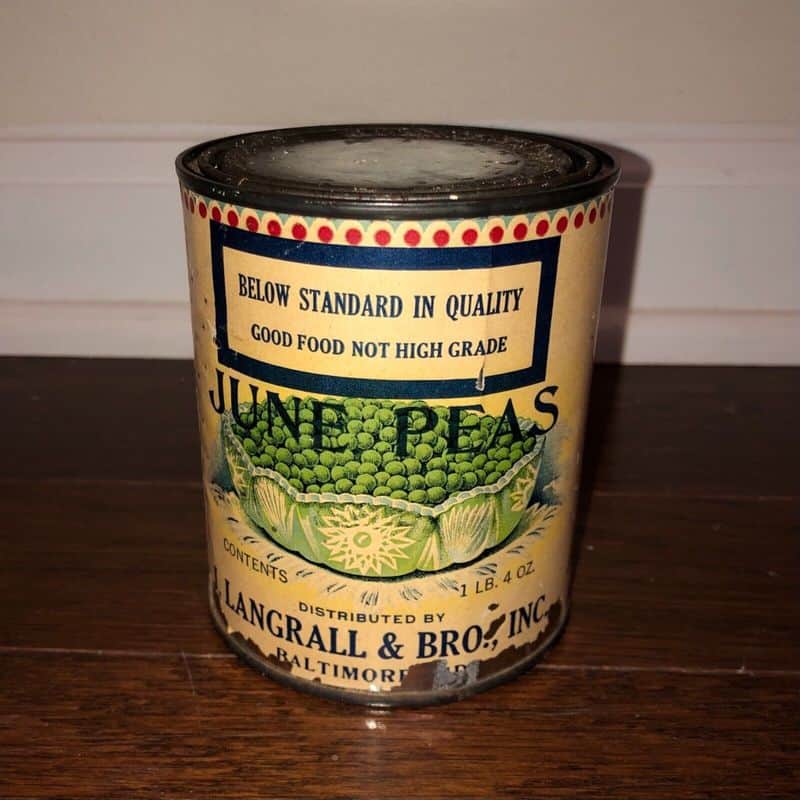
Canned peas were a pantry staple in the 1950s, providing a convenient vegetable option for busy families. These canned goods were prized for their long shelf life and ease of preparation.
Housewives often incorporated them into various dishes, from casseroles to salads, making them a versatile addition to meals. The canned peas could be quickly heated and served as a simple side dish, embodying the era’s love for convenience.
Though fresh peas were available, the canned version offered consistency in flavor and texture, which many cooks appreciated.
2. Powdered Milk
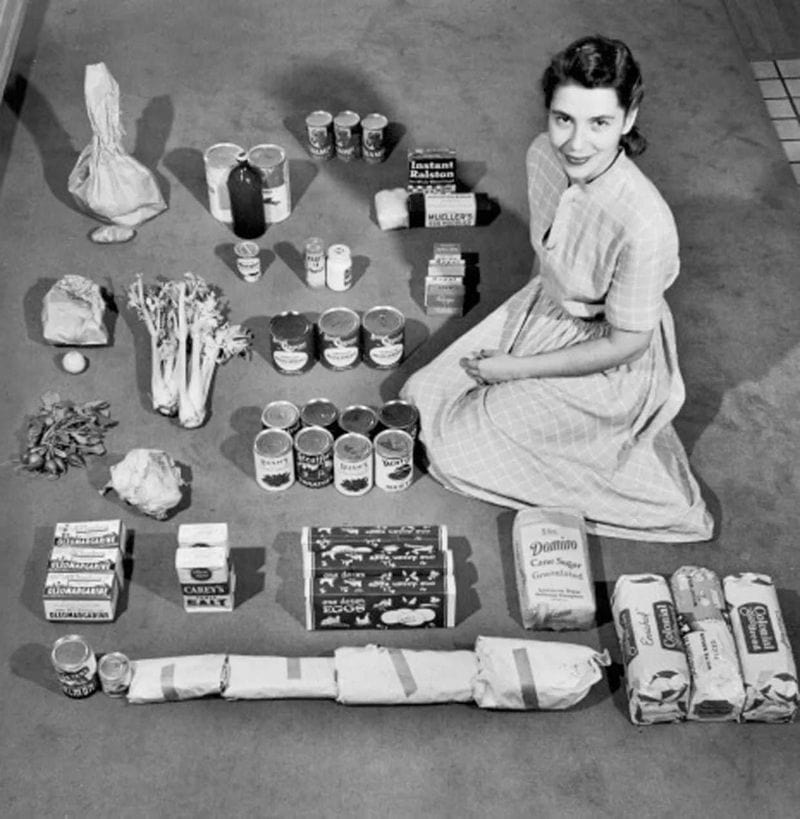
Powdered milk was an economical and practical choice for many households in the 1950s. This non-perishable item could be stored easily and used in emergencies or everyday recipes.
Families appreciated its versatility for baking or adding to coffee and tea. The convenience of powdered milk made it a regular feature in many kitchens, especially in areas where fresh milk delivery was less frequent.
Despite its sometimes chalky taste, it was a reliable standby that ensured families always had milk on hand.
3. Spam
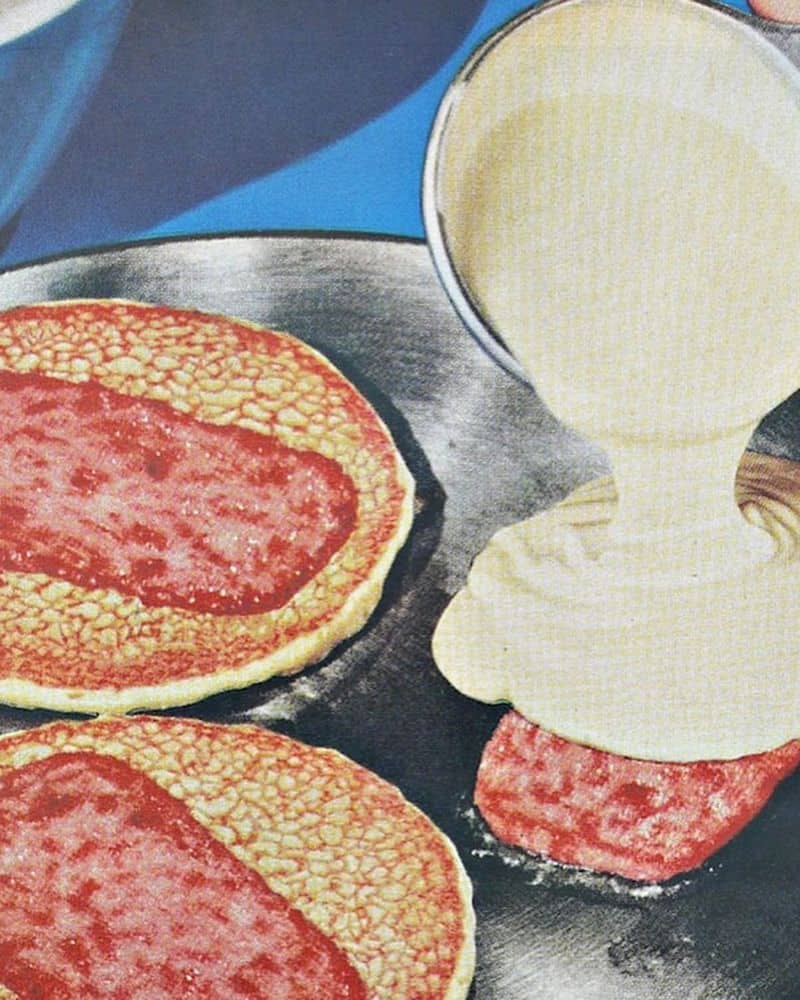
Spam, the iconic canned meat, was a beloved grocery item in the 1950s, representing the post-war fascination with convenience foods. Its affordability and long shelf life made it a popular choice among families.
Spam could be fried, baked, or eaten straight from the can, making it a flexible ingredient for various meals. The salty, savory taste appealed to many, and it found its way into sandwiches, breakfast dishes, and even dinner entrees.
Despite mixed opinions on its flavor, Spam’s convenience ensured its place in many homes.
4. Jell-O
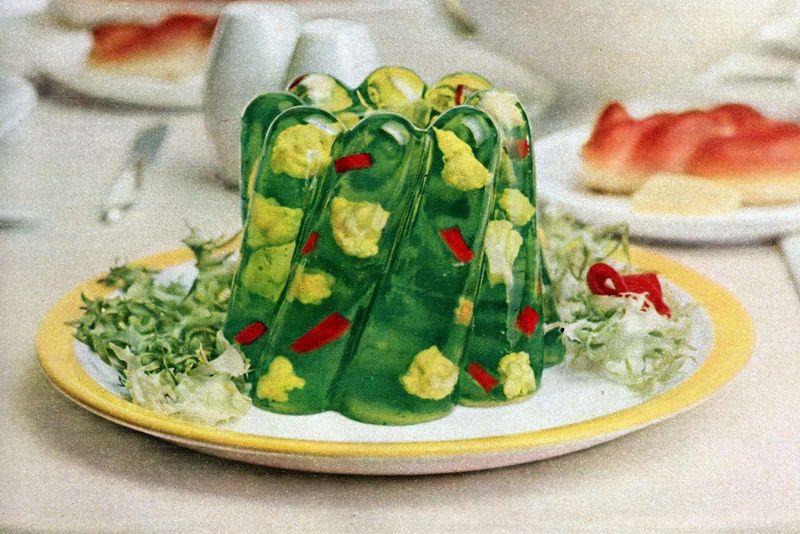
Jell-O was a favorite dessert choice in the 1950s, known for its bright colors and wobbly texture. This gelatin dessert was easy to prepare and allowed for creative presentations with molds.
Popular for parties and family gatherings, Jell-O was often combined with fruit or whipped cream to create visually appealing dishes. The ease of preparation and fun aspect made it a hit among children and adults alike.
Jell-O salads, often containing vegetables, became a curious culinary trend, showcasing the era’s adventurous spirit in the kitchen.
5. Wonder Bread
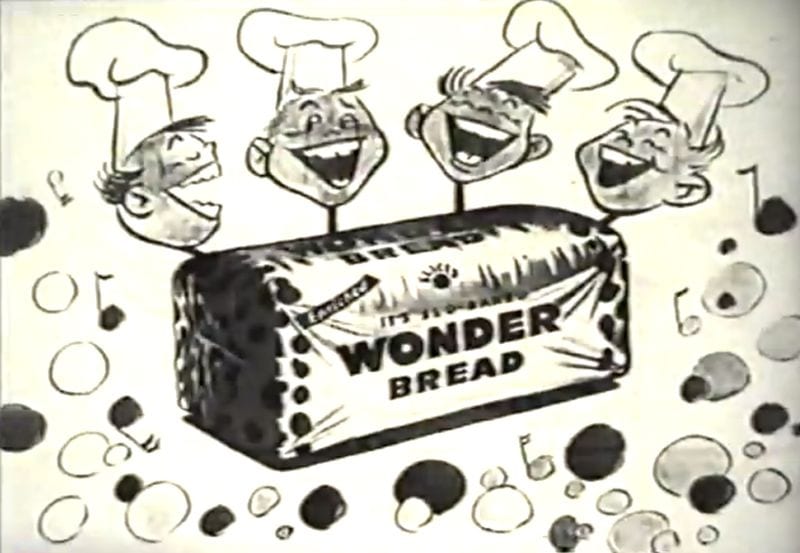
Wonder Bread was synonymous with 1950s grocery lists, representing the industrialization of food production. Known for its soft texture and bright white color, it was a household favorite for sandwiches and toast.
The bread’s uniformity and long shelf life appealed to busy families, making it a convenient choice for meals. Parents appreciated its enrichment with vitamins and minerals, which was heavily marketed at the time.
Despite criticisms of its lack of nutritional value, Wonder Bread became a symbol of modern convenience and progress.
6. TV Dinners
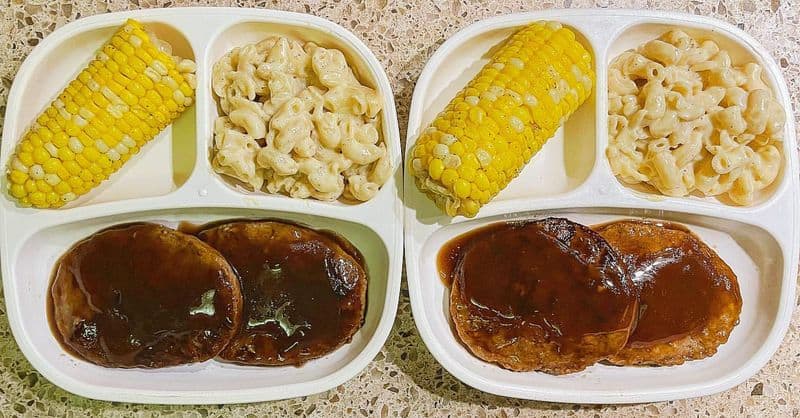
The invention of TV dinners revolutionized mealtime in the 1950s, offering a convenient option for busy households. Packaged in a foil tray, these meals could be heated and served in minutes.
TV dinners often included a meat, vegetable, and dessert, all neatly partitioned, mirroring a complete home-cooked meal. They became a novelty, allowing families to enjoy meals in front of the television, a budding American pastime.
Though often criticized for their taste, TV dinners became a cultural icon, embodying the era’s shift towards convenience.
7. Tang
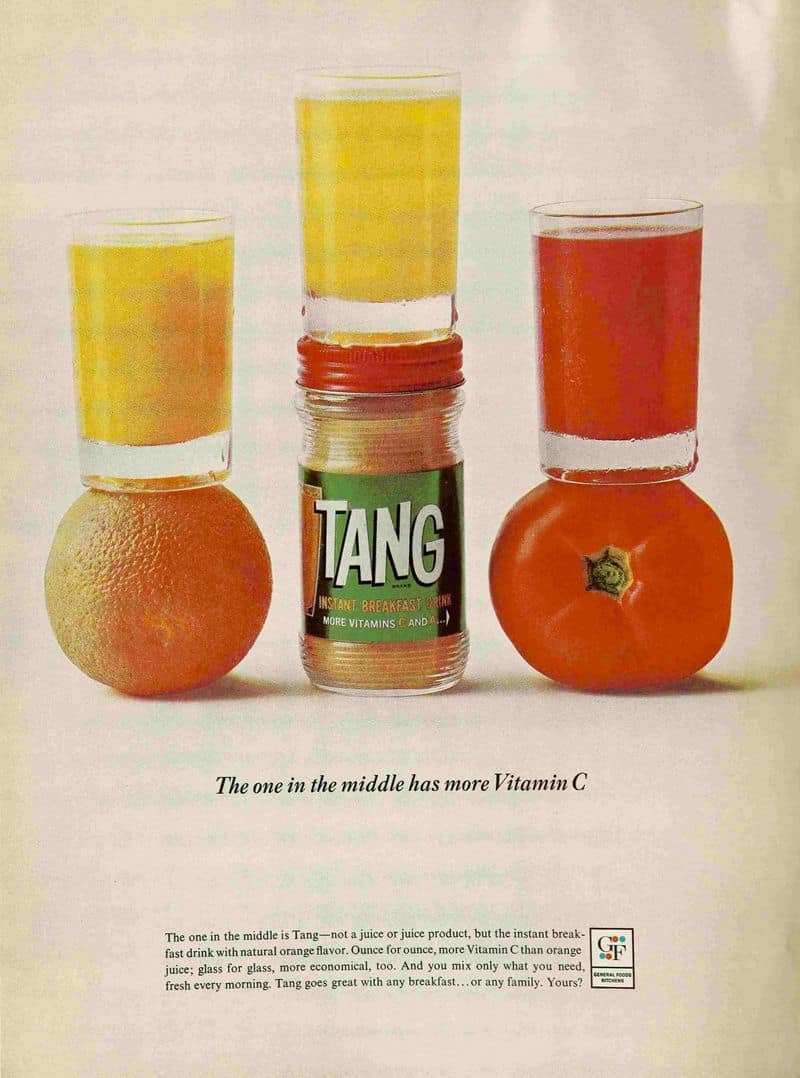
Tang, the orange-flavored drink mix, was a popular addition to grocery lists in the late 1950s. Marketed as an easy way to make a refreshing drink, it appealed to families seeking convenience.
The powdered beverage was easy to mix with water and became a staple at breakfast tables. Its vibrant color and sweet taste made it a favorite among children, who enjoyed helping to prepare it.
While its nutritional value was questionable, Tang became a part of family routines, symbolizing the era’s embrace of processed foods.
